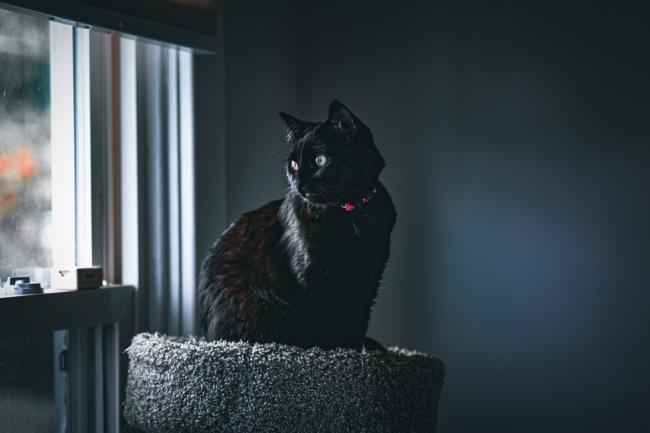What is the best way to travel with a cat in a car?
To travel safely with a cat in a car, use a secure cat carrier and ensure a calm and comfortable environment. Easing your cat into car travel is the first step to a happy pet at the end. In addition, it's key to plan for regular breaks for your cat to break the journey up. Lastly, be sure to pack all the essentials for the journey to keep your cat comfortable.

Therefore, it's important to prepare early for your cat's safety and well-being during the journey. Needless to say, transporting your cat can be daunting. With these 20 expert tips, you can enjoy a smooth journey with minimal stress.
Why travel in a car with a cat?
Transporting a cat in a car may be necessary for several reasons. This could include vet visits, relocating to a new home, or holiday travel.
Whether it's a quick vet trip or a long-distance move, it's important to keep your cat safe and calm. As such, here are 20 handy tips for stress-free car travel with a cat.
Car travel with a cat: 20 tips
1) Invest in a quality cat carrier:
Choose a sturdy, well-ventilated cat carrier that's comfortable for your feline friend. Make sure it's secure and escape-proof!
2) Get your cat used to their carrier:
Before hitting the road, get your cat used to their carrier by leaving it open with a cosy blanket inside. Leave a few tasty treats inside the carrier for your cat to sniff out.

3) Ease into it with short rides:
Start with short trips to the vet or around the block. Doing so can help your cat adjust to being in their carrier.
4) Avoid overfeeding your cat:
Before you travel with a cat in a car, feed them a light meal a few hours before the journey. Otherwise, your cat might get motion sickness on the trip and throw up.
5) Bring essentials:
Pack your cat's essentials like food, water, litter, and a favourite toy. Familiar smells and objects can comfort your cat.
6) Secure and cover your cat carrier:
Place the carrier securely in the car, ensuring it won't tip over or slide during the ride. Covering the carrier with a blanket can help reduce stress for your cat, creating a cozy, safe space.
7) Use a seat belt:
Secure the carrier with a seat belt to prevent it from shifting and to keep your cat safe.
8) Stay calm and quiet:

During the journey, maintain a calm environment. Soft music or a soothing voice can help ease anxiety.
9) Be prepared for emergencies:
Keep a pet first aid kit in your car, including essentials like gauze, antiseptic wipes, and scissors.
10) Plan regular breaks:
If you're on a long journey, stop for breaks to let your cat stretch, use the litter box, and hydrate.
11) Keep the car cool:
Ensure a comfortable temperature in the car; avoid extreme heat or cold, which can stress your cat.
12) Keep your cat calm and quiet:
Keep the car ride as peaceful as possible. Avoid loud music, sudden movements, and frequent stops.
13) Practice patience:
Your cat may meow or whine during the journey. Stay patient, and don't open the carrier while driving.
14) Arriving at your destination:

Once you reach your destination, give your cat time to adjust to the new environment.
15) Check for safety:
Inspect the new space for any hazards that might be harmful to your cat. Be sure to secure your cat in a safe, enclosed space.
16) Provide food and water:

Offer your cat food and water after the journey. Keeping your cat's routine familiar and relaxed will help ease their transition.
17) Gradual exploration:
When you arrive at your destination, let your cat explore the new space gradually. Give your cat plenty of space and time to do this, but ensure their new area is safe and escape-proof.
18) Comfort and reassure:

Spend time with your cat, offering comfort and reassurance to help them settle in their new surroundings.
19) Update identification:
If you've moved to a new area, update your cat's microchip registration and ID tags with your new address and contact information.
20) Consult a vet:
If your cat experiences severe stress or health issues during the journey, consult a vet as soon as possible.
Transporting your cat doesn't need to be a harrowing experience! As such, planning and patience for your feline friend's well-being will ensure a stress-free and safe journey.
Put your cat's comfort first by hiring a Pawshake cat sitter when you arrive at your destination. They'll help your cat get used to their new home and be ready to have fun and explore. Plus, a cat sitter can keep an eye on your cat while you run errands or move into your new home.
Book a Pawshake cat sitter today.





